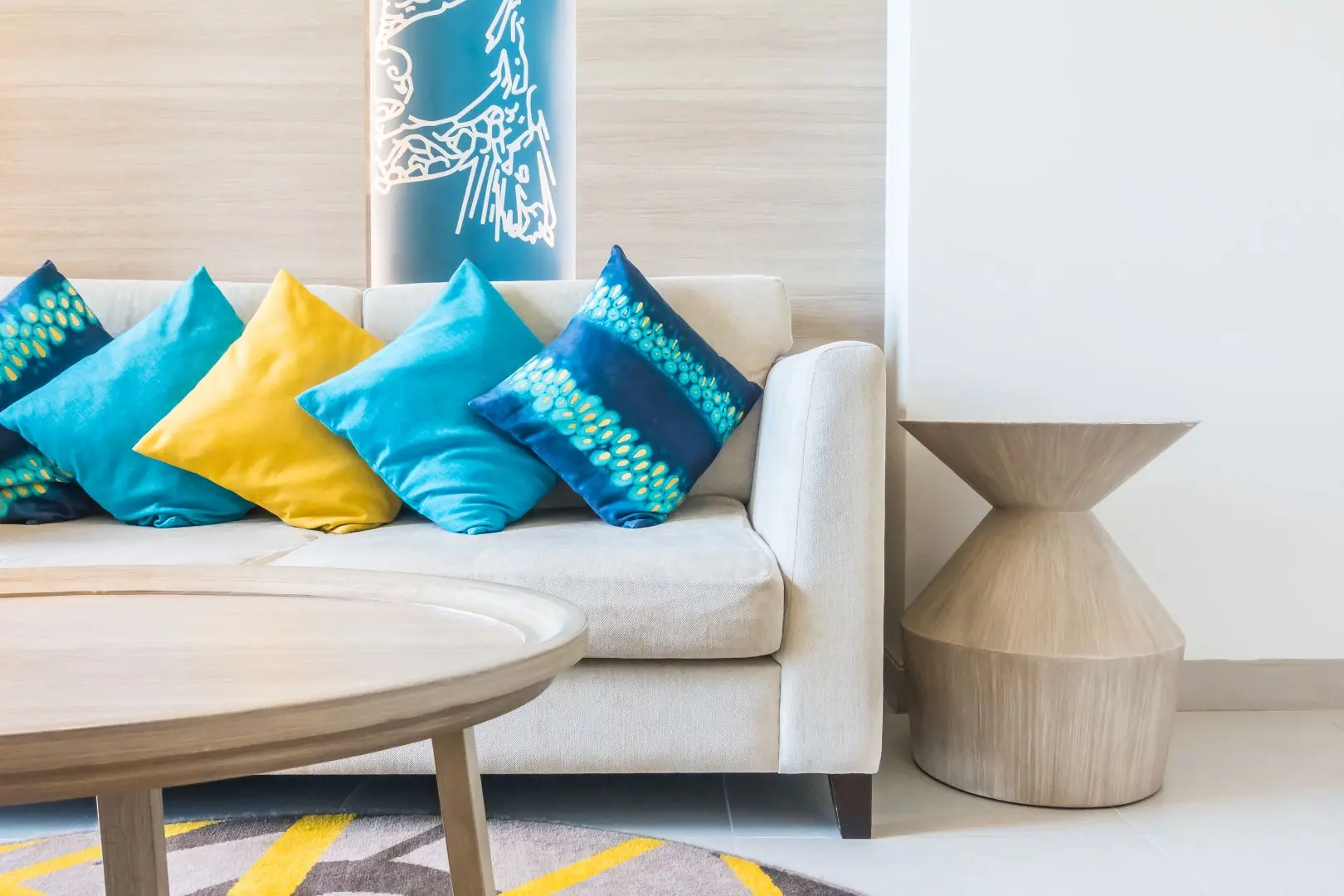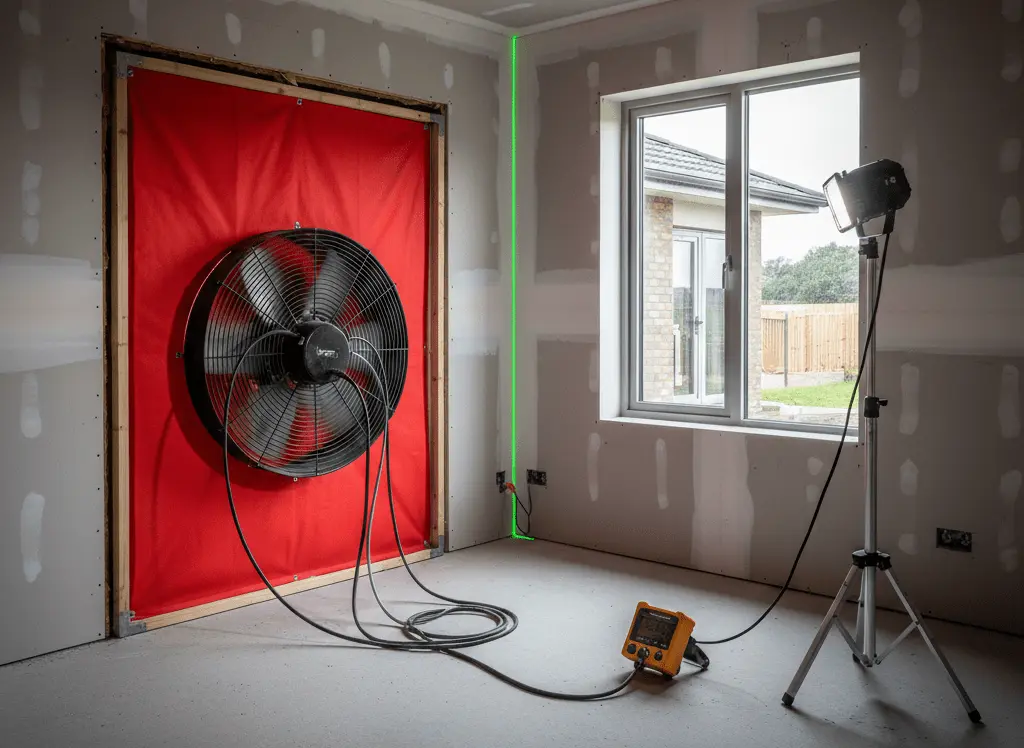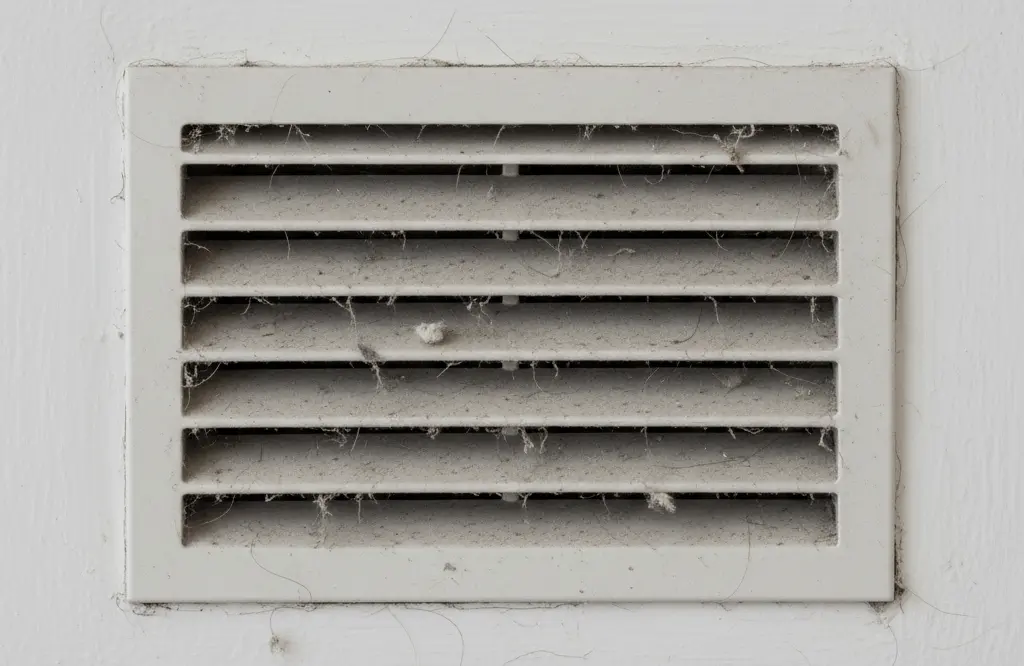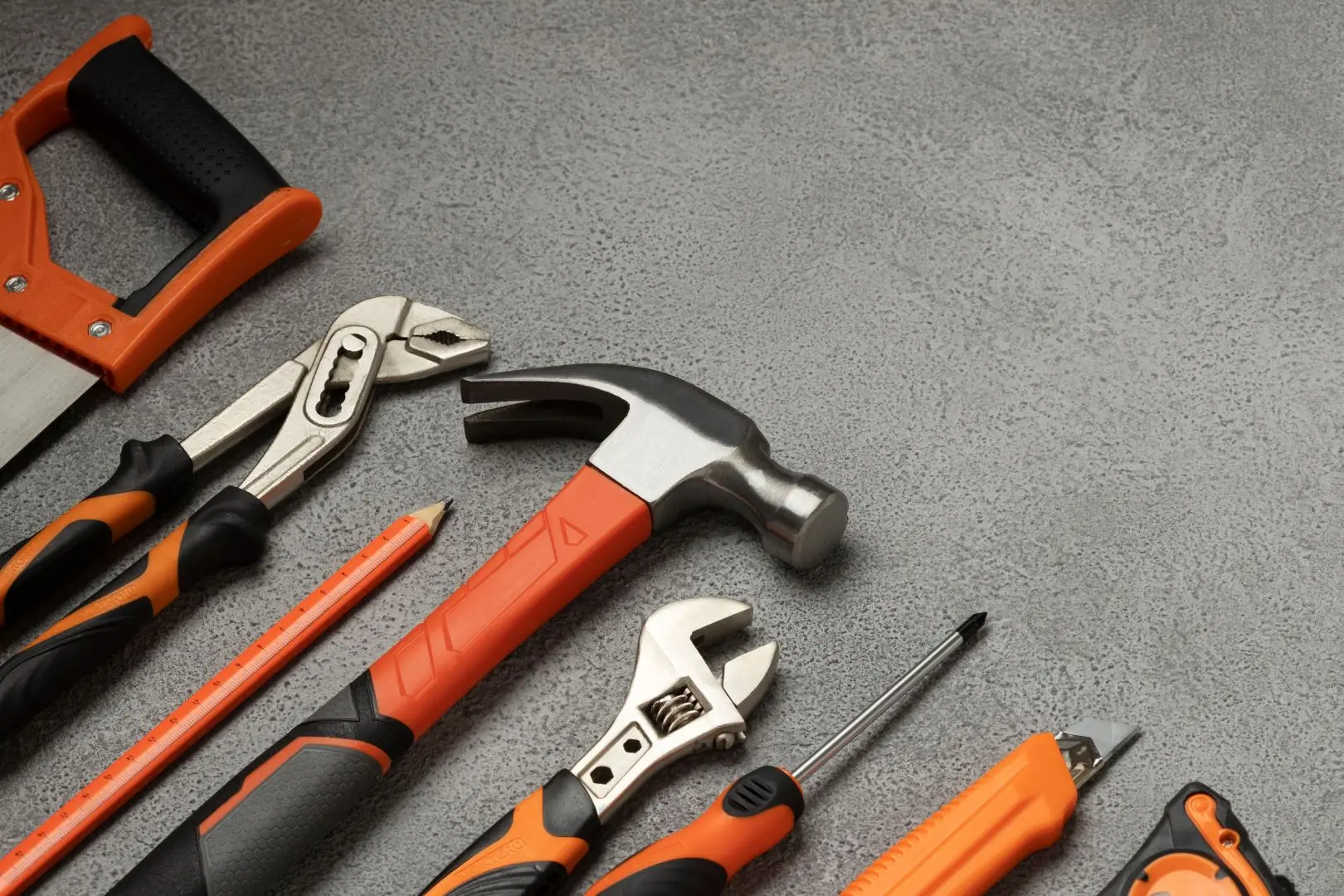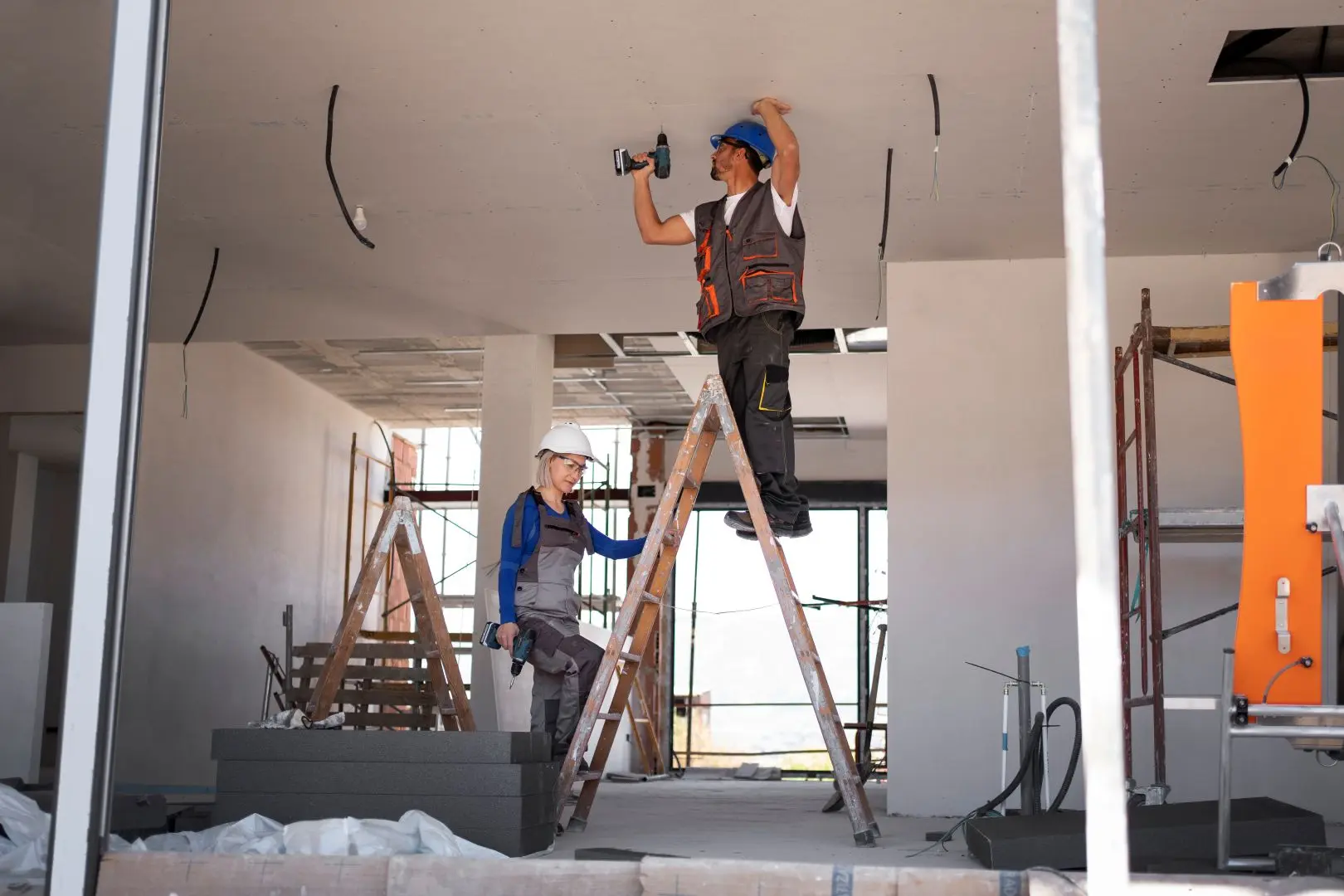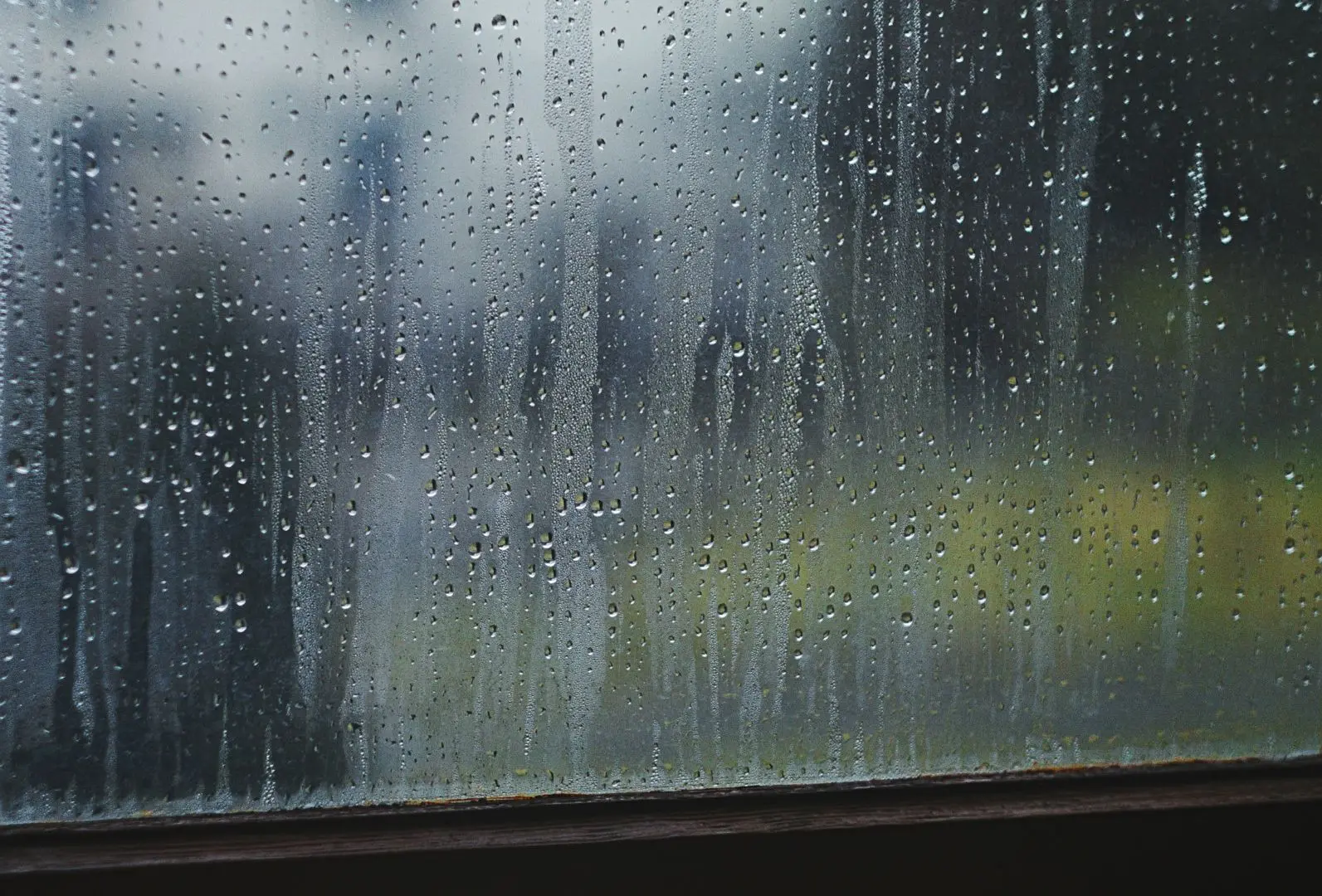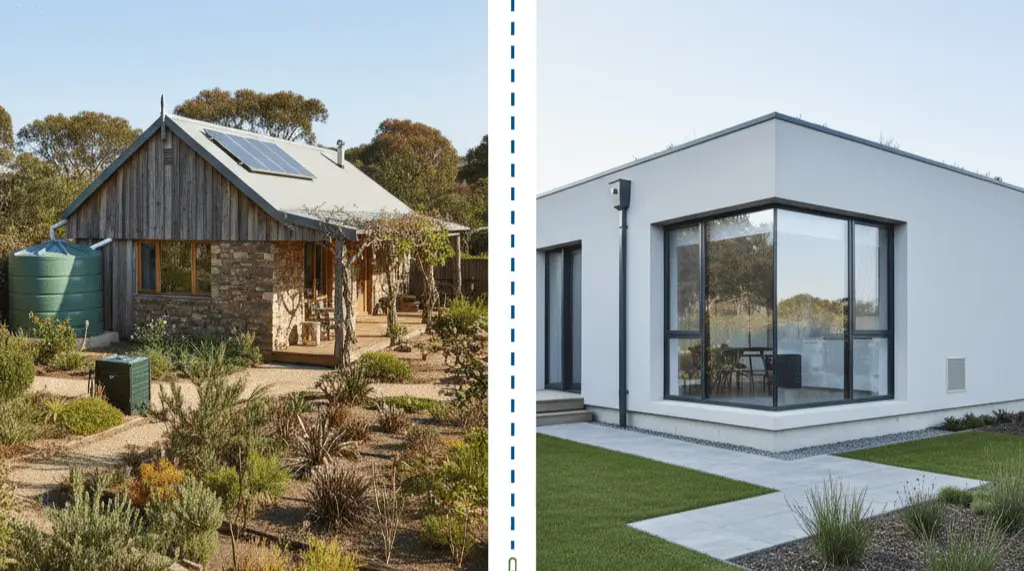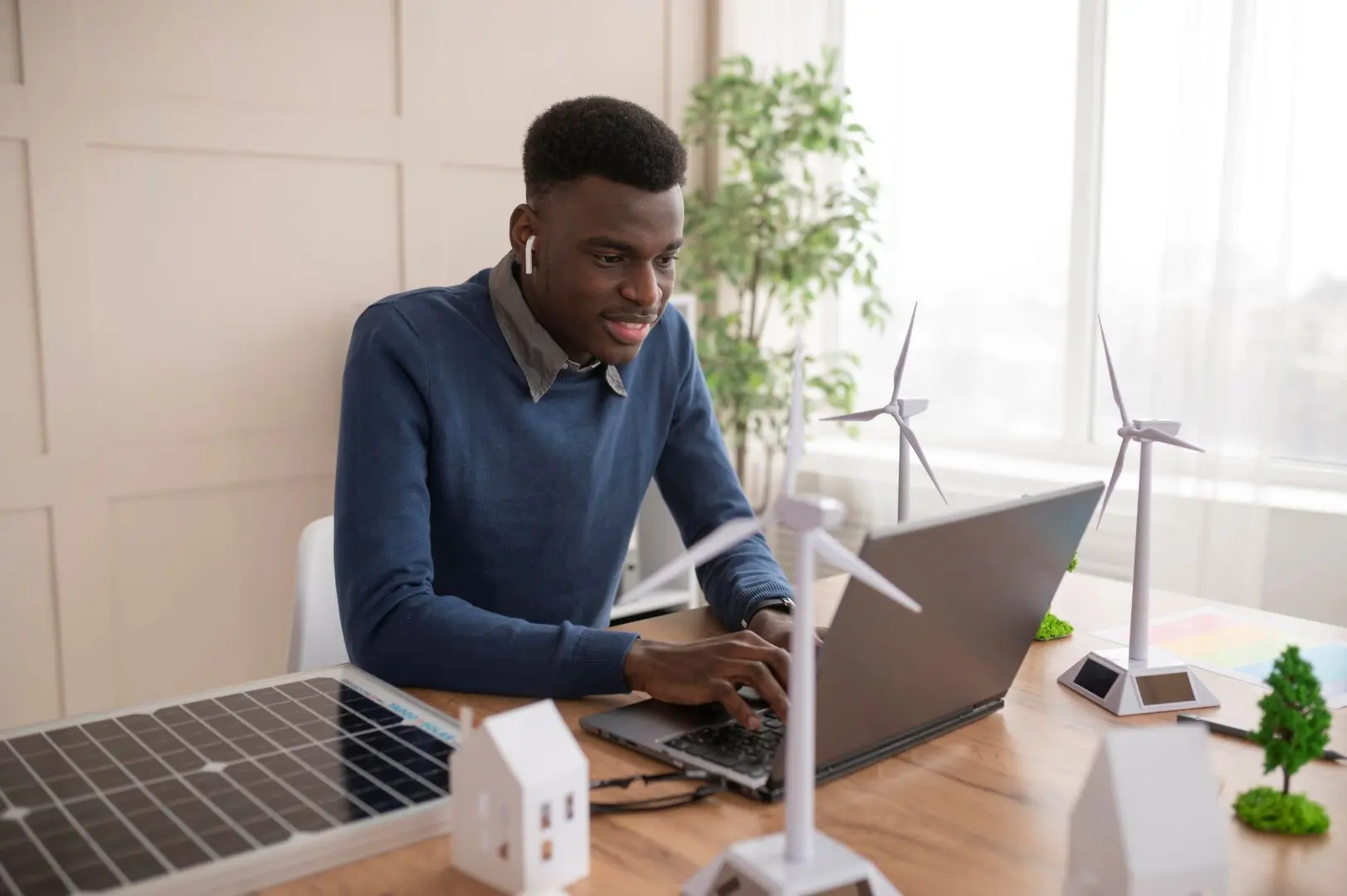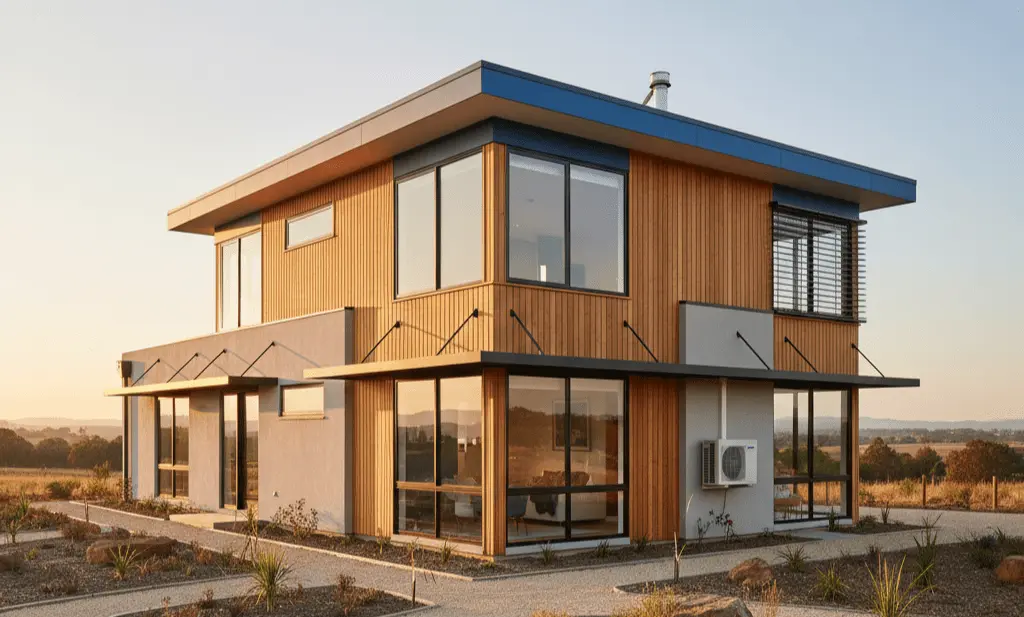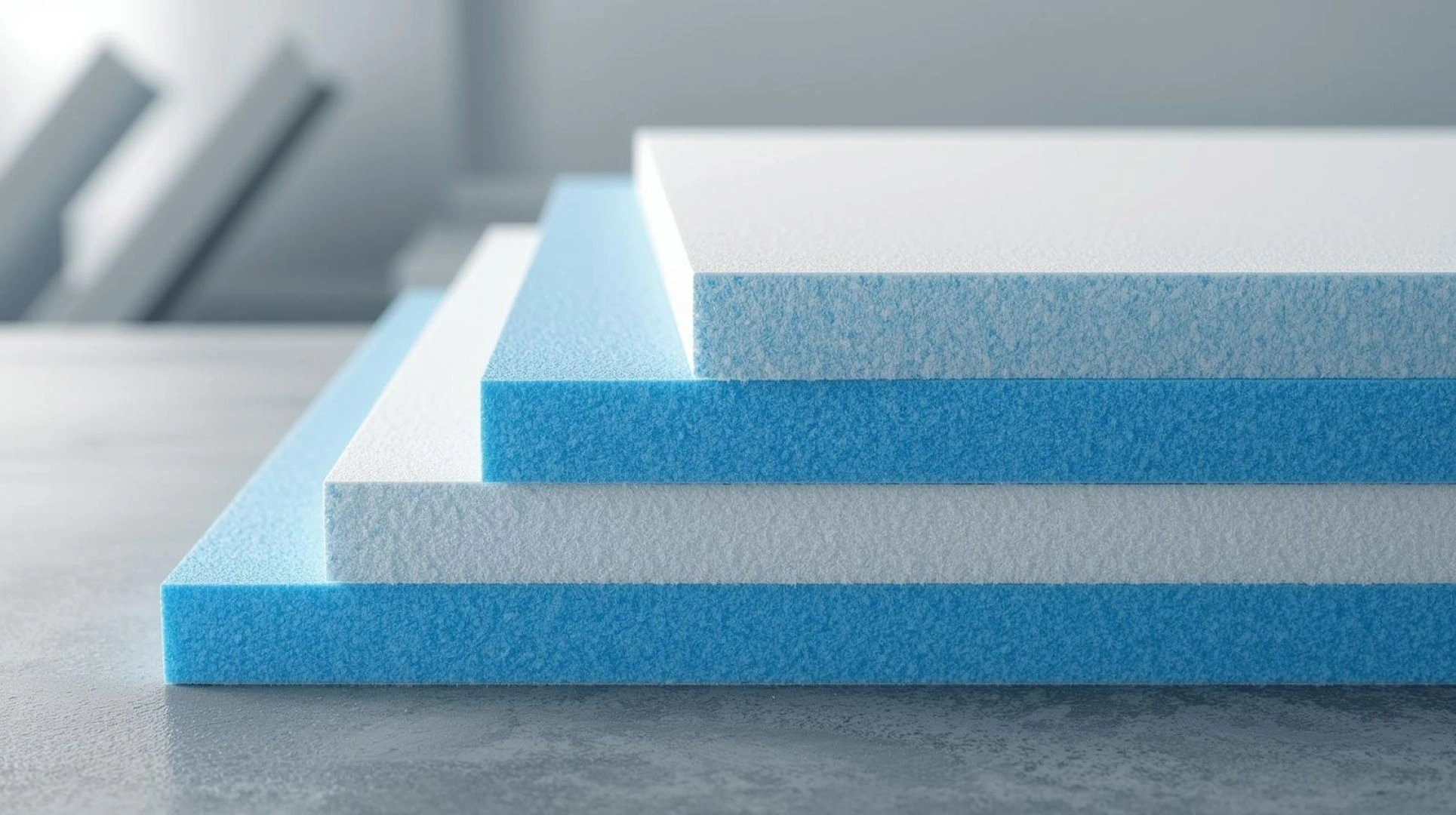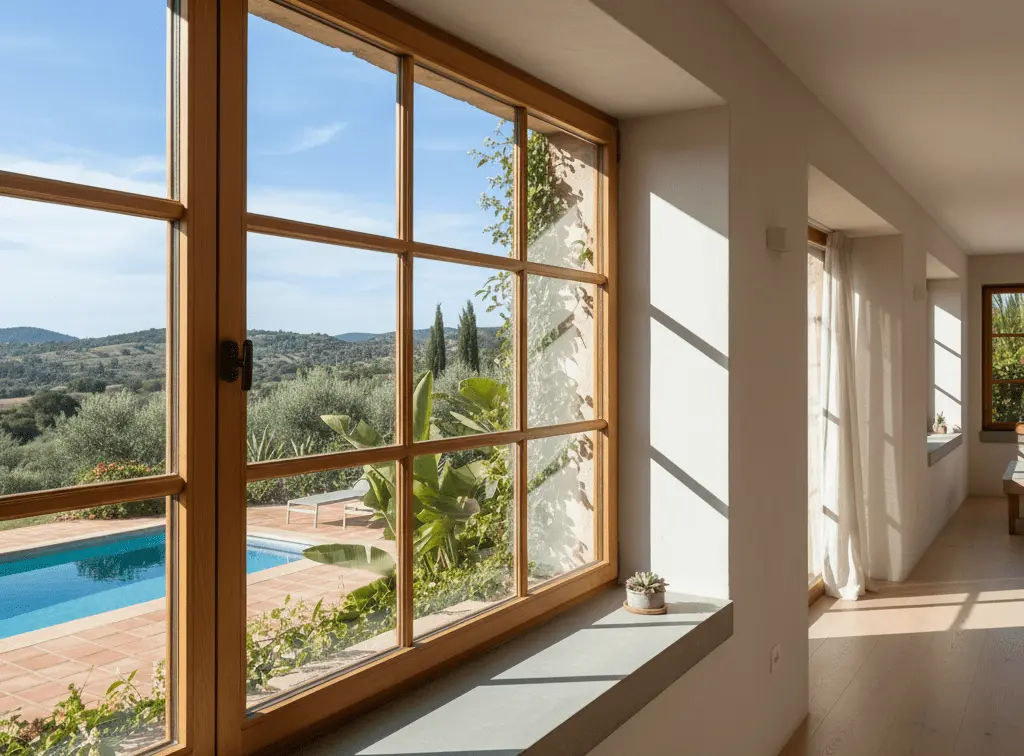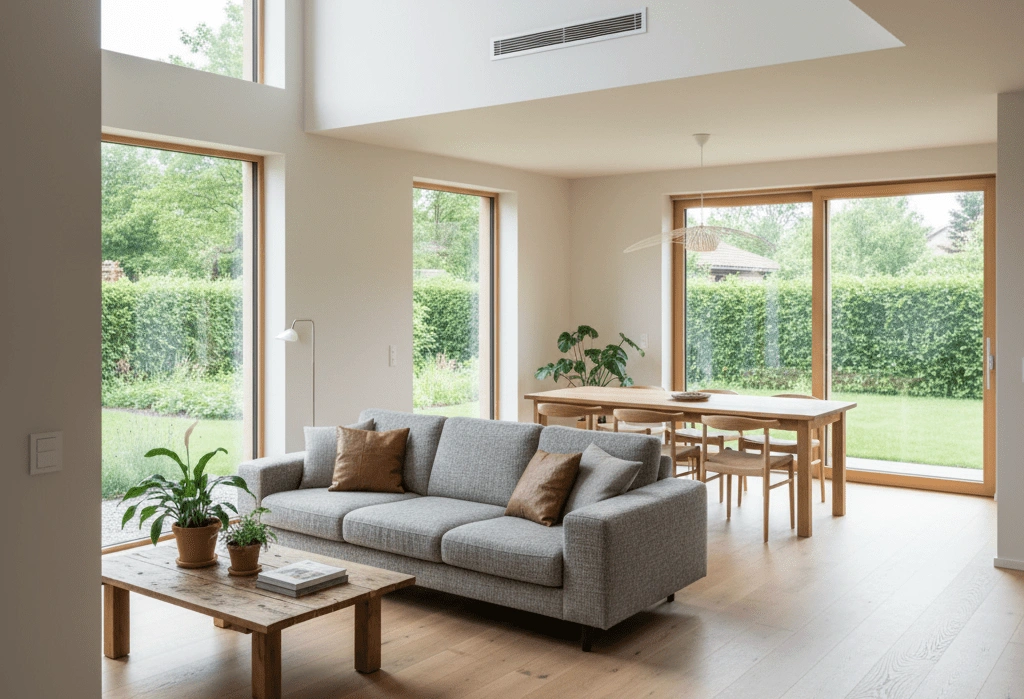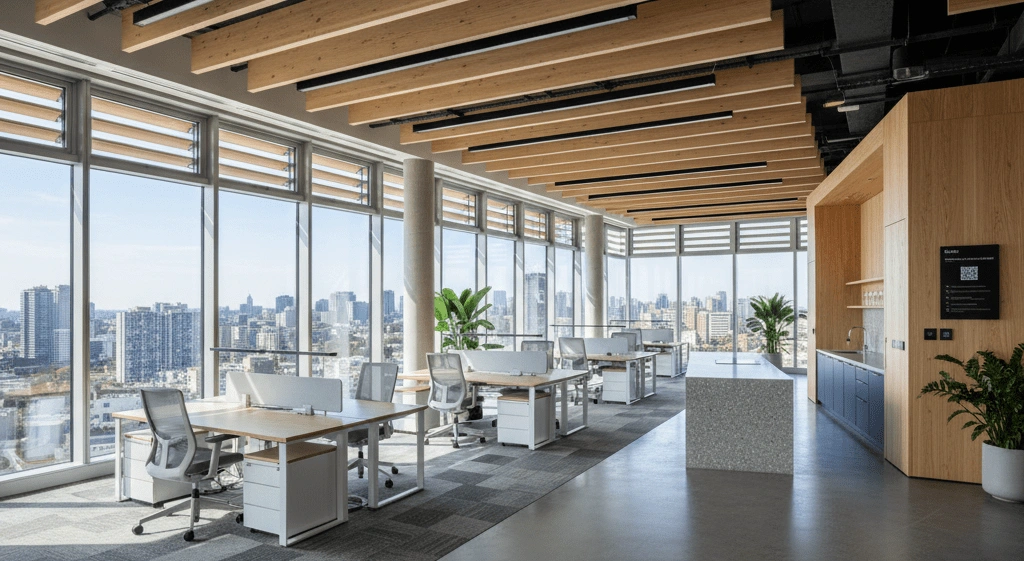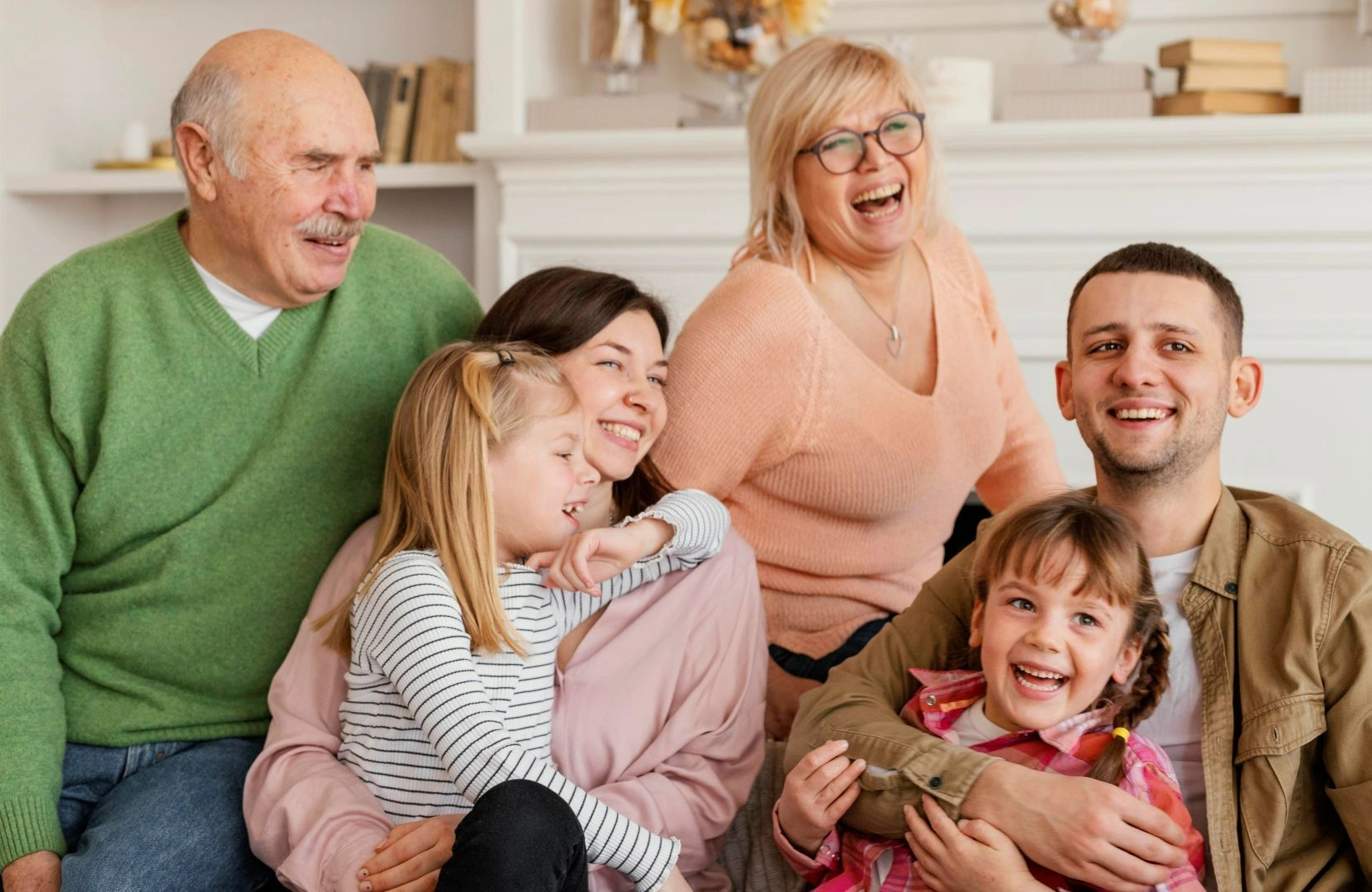How to integrate smart home technology in passive houses
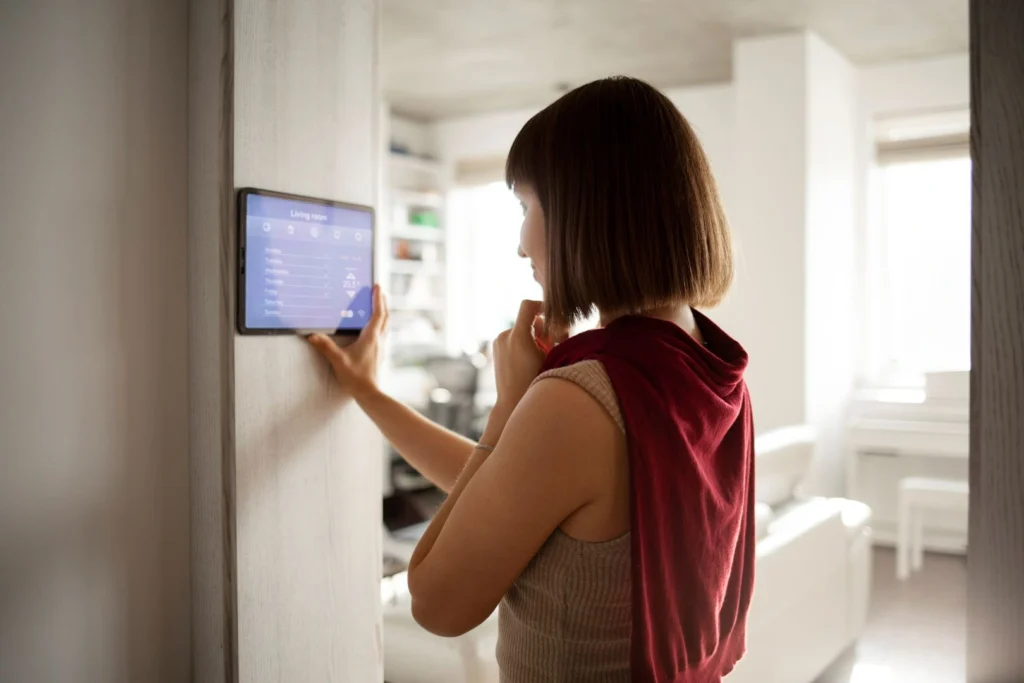
The concept of a passive house aims for exceptional comfort with minimal energy consumption. Originating in Germany, the passive house design standard focuses on a fabric-first approach, prioritising super insulation, airtightness, thermal bridge-free construction, high-performance windows and mechanical ventilation with heat recovery (MVHR).
These principles dramatically reduce the need for active heating and cooling, making them ideally suited to the diverse Australian climate.
While a passive design house achieves significant energy savings, the integration of smart home technology offers an opportunity to further improve efficiency, comfort and convenience in passive homes.
Smart technology as a complement to passive principles
At its core, a passive building design minimises energy demand through its inherent structure. Smart home technology does not replace these fundamental elements but rather complements them, providing intelligent control and optimisation.
For instance, a passive home building already has a stable internal temperature due to its superior insulation and airtight envelope. Smart thermostats, while crucial in conventional homes, can play a more specialised role here.
Instead of constantly battling external temperatures, they can fine-tune the MVHR system, ensuring optimal air quality and humidity levels while maintaining the ideal internal climate with minimal energy input. This level of precision helps to maximise the benefits of the passive house design principles.
Common smart systems for passive houses
Smart home systems can enhance comfort and efficiency in multiple areas of a passive design house. Your options include:
- Heating, ventilation and air conditioning (HVAC) controls: Even though passive houses require minimal heating and cooling, smart controls can fine-tune temperature settings, monitor indoor air quality and reduce energy use.
- Lighting automation: Smart lighting systems can adjust brightness according to natural light levels or occupancy, reducing electricity consumption and improving convenience.
- Shading and window control: Motorised blinds, shutters or windows can respond automatically to sunlight or weather conditions, maintaining thermal comfort and supporting the passive design strategy.
- Energy monitoring: Smart meters and monitoring apps help homeowners track energy usage, identify inefficiencies and adjust habits to maintain a low-energy home.
- Security and safety systems: Cameras, sensors and alarms can integrate with smart home platforms, providing peace of mind without compromising energy efficiency.
- Smart appliances: Integrating smart appliances like washing machines or dishwashers can allow for scheduled operation during off-peak energy hours, further optimising energy consumption.
- Water management: Smart irrigation systems can monitor soil moisture and weather forecasts to minimise water waste, while leak detection sensors can prevent costly damage.
- Access control: Smart locks and entry systems offer enhanced security and convenience, allowing remote management of access to the home.
- Voice assistants: Centralised voice-activated assistants can provide a seamless interface for controlling various smart home functions, improving user experience and accessibility.
When installed carefully, these systems do not conflict with passive design house plans. Instead, they enhance the ability to maintain stable indoor conditions while giving residents convenient control over their environment.
Solar technology and passive houses
A key opportunity when designing a passive house is combining smart technology with solar power. Many passive house builders install solar panels as part of a broader sustainability strategy. When connected to a smart energy management system, solar production can be tracked and optimised in real time.
For example, surplus solar power generated during the day can automatically be diverted to charge batteries, heat water or run appliances. Smart inverters can even predict weather conditions and adjust energy use accordingly. This kind of system helps homeowners get the most out of their renewable energy setup, further reducing reliance on the grid.
A passive house already uses minimal energy thanks to its structure so pairing that with efficient solar use pushes energy independence even further. Passive design and smart systems together not only reduce environmental impact but also offer long-term savings.
In many parts of Australia, solar technology is already helping reduce reliance on the energy grid, and as more passive house designs embrace renewables and automation, the role of technology will continue to grow.
Working with experienced professionals
To achieve a seamless integration of your chosen smart technology with your passive house, it is important to work with passive house builders in Australia who understand both passive construction and smart home technology.
Experienced professionals can ensure that smart systems support the home’s performance goals, comply with building codes and are easy to maintain. Collaboration between a passive house builder and technology specialists often results in a home that is comfortable, efficient and future-proof.
Consider long-term flexibility
Smart home technology evolves quickly, with new, optimised versions being released all the time. So, designing with flexibility in mind is essential for any passive home builder.
Choosing systems that allow software updates, modular upgrades and remote management ensures the home can adapt to new innovations without compromising the building’s performance. Passive design house plans can include conduits and access points to simplify future upgrades, keeping the home efficient and technologically current for years to come.
